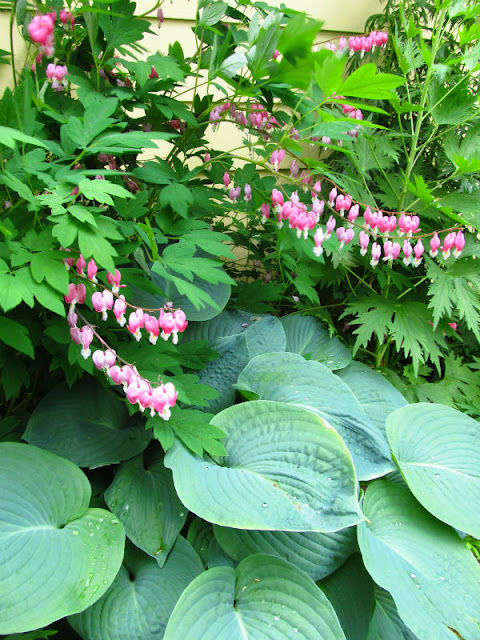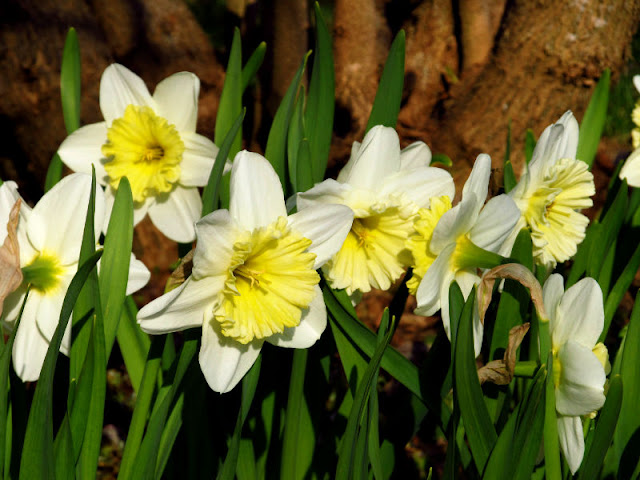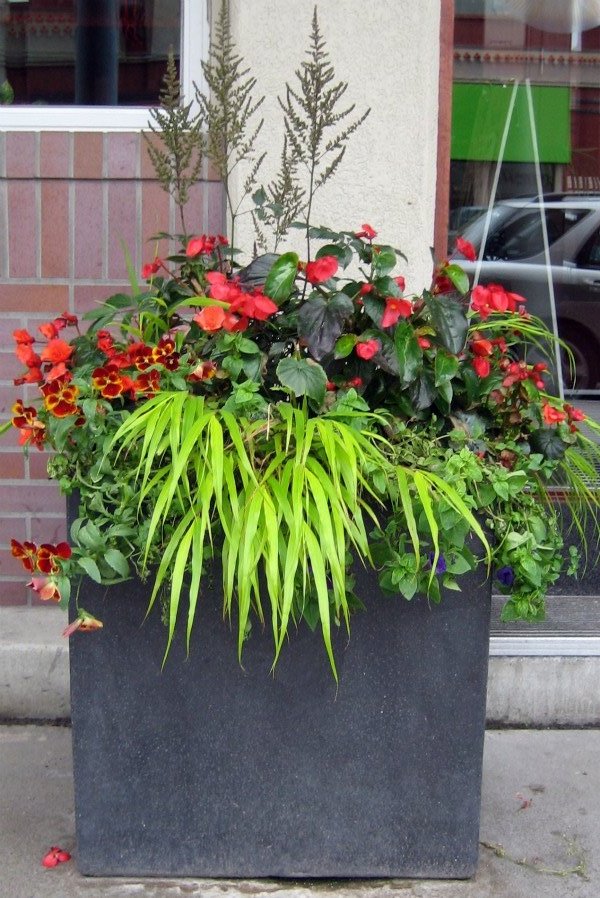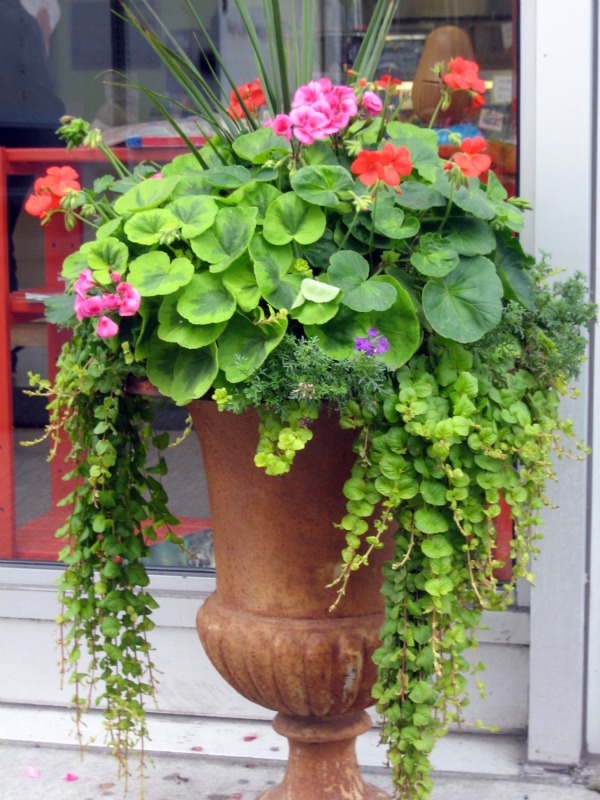On this, the first official day of Spring (although you wouldn't know it with 4' feet of snow currently on the ground,) I've decided to share my list of what plants I have started under my grow lights, and what I will be starting soon. I'm a few weeks behind this year, but I figured that it will work out well since I'm guessing it will be months before we can see actual dirt again.
Currently growing:
1. Tomato 'Red Robin' - I'm growing this guy solely as a houseplant, with no intention of putting him outside. It's a very dwarf variety of tomato, only getting 8-12" high, and can grow just fine in a 6" pot. It's a perfect fit on my grow light shelf, and the tomatoes, although small, are the best tasting little suckers ever. So sweet they're practically candy.
 |
| 'Red Robin' seeds available at totallytomato.com. I have no pictures of ripe tomatoes because I ate them all. |
2. Assorted herbs - basil, parsley, cilantro, thyme, green onions, and oregano. I start all my herbs much earlier than necessary so that I can use them for a while during the winter before moving them outside. The basil, however, remains inside. I can't get it to do well in our cold Alaskan summers!
3. Leeks - these guys take a long time to mature, so I generally start them in January or February.
4. Celery - ditto.
5.
Cobaea scandens, or Cup and Saucer Vine. I start these guys at my house for work, and move them to the greenhouse later. I should have started them in January, and didn't get them in until early March, but I think they'll still be big enough come actual spring that they'll bloom for us this summer.
 |
Photo courtesy of Park Seed, which is also where I happened to order them.
|
6. Sweet pea 'Zinfandel' - a fragrant, deep burgundy sweet pea. This is my first year trying them, so we'll see how it goes.
7. Snapdragon 'Chantilly Deep Orange' - an open-faced variety, still my favorite. Snaps also take a long time to mature, so I generally start them in February, and pinch them back a couple times before they finally make it to the garden.
 |
| Snapdragon 'Chantilly Deep Orange' |
Seeds I will be starting in the next two weeks:
1. Tomato 'Glacier' - forget 'Stupice.' This is my new favorite. Very tasty, and produces well in cool weather.
2. Petunias - I still haven't decided on a variety, but it will probably be the magenta wave type, as these tend to do really well for me.
3. Dahlia 'Aurora' - if I ever get around to calling the guy who sells the tubers locally, that is. I probably should have started these March 1st. Oh well!
 |
| Doesn't this just make you go "Oooooooo....."? Photo courtesy of The Persistent Farmer, which is where I plan on buying the tubers if I ever get around to it. |
Anyone else have any seeds started? Trying anything new this year? Know the perfect time to start that perfect plant? Feel free to share!














































